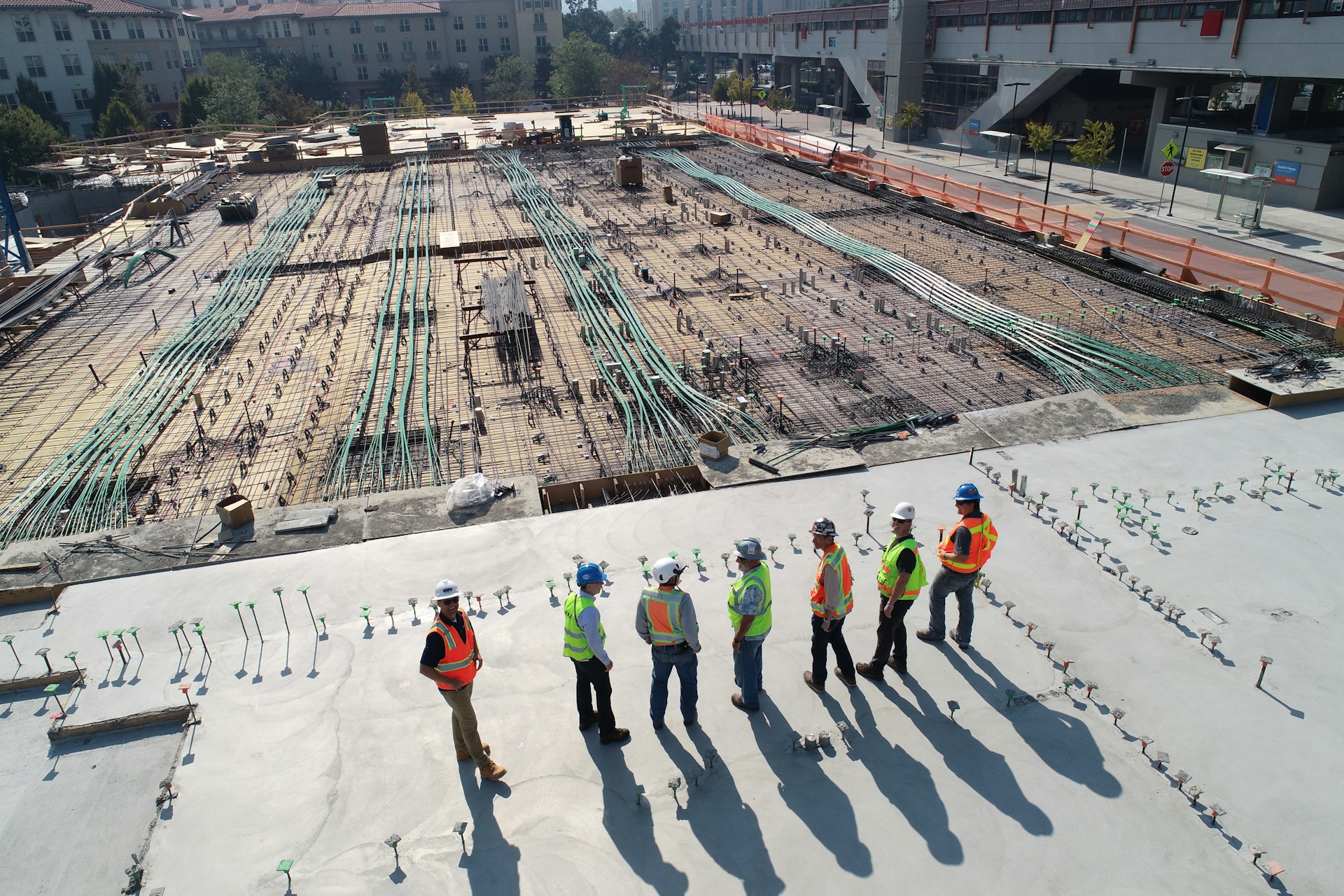How Should UK Construction Companies Apply Advanced Robotics to Improve Efficiency?

Robotic technology is rapidly reshaping many industries, and construction is no exception. As the demand for efficiency and safety continues to grow, so does the need for advanced robotic technology in the construction industry. Adopting such technologies could be the key to ensuring the future success of UK construction companies. In the face of a rapidly changing technological landscape, how can these companies harness the power of robotics to improve efficiency, safety, and productivity? Let's delve into this topic in detail.
The State of Robotics in the Construction Industry
In the construction industry, the adoption of robotic technology has been a slow but steady process. Despite the fact that the overall manufacturing industry has seen a significant increase in the use of advanced robotics, the construction sector has lagged behind. The reasons for this gap are complex, but they're largely rooted in the unique challenges that the construction sector faces.
A voir aussi : How Can UK Startups Secure Venture Capital in a Competitive Market?
Construction projects are typically one-off ventures with unpredictable variables, such as changing weather conditions or unexpected site complications. However, robotics are most effective in controlled environments. This has led to a slower adoption rate in construction compared to other industries. But, with advancements in technology, robots are becoming more adaptable and capable of handling a range of tasks in less predictable environments. They are now being used to carry out tasks like bricklaying, concrete pouring, and even complex drilling procedures.
A key driver for robotic adoption in the construction industry is safety. Construction sites are often hazardous environments, with workers facing the risk of falls, machinery accidents, and exposure to harmful materials. By automating risky tasks, companies can significantly reduce safety risks and improve overall site safety.
A découvrir également : What Specific Strategies Can UK Boutique Hotels Employ to Enhance Guest Experience?
The Role of Technology and Automation in Construction
Technology has always played a crucial role in construction, aiding efficiency, accuracy, and safety. With the increasing capability of construction robotics, companies can automate more complex tasks, freeing up human workers to focus on areas that require higher-level cognitive abilities.
Advanced robotics, equipped with artificial intelligence (AI), can perform tasks like 3D concrete printing, rebar tying and bricklaying with precision and speed, thereby improving productivity. Drones can be used for land surveying, saving time and reducing the risk of human error. Autonomous vehicles can transport materials around construction sites, improving efficiency and safety.
The benefits of technology and automation in construction are not just theoretical. Companies that have embraced these technologies have seen real, quantifiable results. Improved productivity, reduced costs, increased safety, and better quality are all achievable with the right use of technology and automation.
Implementation of Advanced Robotics in Construction
Implementing advanced robotics in construction requires a strategic and thoughtful approach. Companies must first identify tasks that are suitable for automation, such as repetitive tasks, tasks that require high precision, or tasks that pose a risk to human safety.
Once these tasks are identified, the company can then explore the available robotic technologies that can execute these tasks. The next step is to integrate these robotic systems into the workflow. This often involves redesigning processes to accommodate the new technology, training workers to operate and maintain the robots, and ensuring that the technology is compliant with safety regulations.
It's important to note that the implementation of robotics does not necessarily mean job losses for human workers. Instead, it often leads to a shift in the types of jobs available, with an increased demand for roles such as robot operators, analysts, and maintenance technicians.
The Future of Advanced Robotics in Construction
The future of the construction industry in the UK appears to be intertwined with the advancement and application of robotics. As technology continues to evolve, so too will the use of robotics in construction.
Emerging technologies such as AI and machine learning are paving the way for smarter, more autonomous robots. These robots will be capable of learning and adapting to their environment, making them even more effective at performing complex tasks.
One of the most anticipated developments is the increased use of collaborative robots, or "cobots". These robots are designed to work alongside human workers, assisting them with tasks and improving efficiency.
While the future of construction robotics is promising, it will require ongoing investment and commitment from UK construction companies. Those willing to embrace and adapt to these technological changes are likely to reap the greatest rewards.
To keep up with the rapidly changing technological landscape, UK construction companies must stay informed, adapt their strategies, invest in staff training, and be open to changing traditional methods of working. By doing so, these companies will ensure their place in an increasingly competitive and technologically advanced industry.
Advanced Robotic Technologies to Watch for in UK Construction Industry
As we look into the future, there are several advanced robotic technologies that show great potential in the construction industry. Artificial intelligence (AI) and machine learning are two areas that are expected to significantly influence the future of construction robots.
AI in construction robots allows for the automation of complex tasks that require decision-making based on real-time data. For instance, AI can be used to control autonomous vehicles that transport materials around construction sites, improving efficiency and safety. AI can also equip drones with the capability to conduct land surveys quicker and with more precision than human workers.
Furthermore, machine learning, a subset of AI, enables robots to learn from their experiences. This means, over time, construction robots can improve their performance, adapt to new tasks and work more efficiently. This adaptability is especially beneficial in the construction industry, where projects often involve unique challenges and unpredictable variables.
Moreover, collaborative robots, also known as "cobots," are an emerging trend in the construction industry. Unlike traditional robots, cobots are designed to work alongside human workers, assisting them in their tasks. This human-robot collaboration can significantly increase productivity and safety while reducing the physical workload of human workers.
These advancements in robotic technologies demonstrate a promising future for the UK construction industry. However, to fully harness these innovations, construction companies must be willing to invest, adapt and evolve with the changing technological landscape.
Conclusion: Embracing Advanced Robotics for a Competitive Edge
The construction industry in the UK is on the cusp of a significant transformation, driven by advancements in robotics and automation. This shift presents both challenges and opportunities for construction companies.
To stay competitive, UK construction companies must be proactive in adopting robotics and automation. This involves identifying suitable tasks for automation, exploring available robotic technologies, and integrating them into the construction processes. It also involves investing in staff training and being open to changing traditional methods of working.
The implementation of advanced robotics does not necessarily mean the replacement of human workers. Instead, it often leads to a shift in job roles, creating new opportunities for workers to develop new skills and play more strategic roles in construction projects.
In conclusion, the future of the UK construction industry is undeniably intertwined with robotics and automation. Those firms that embrace these technological changes and adapt accordingly will be best positioned to reap the benefits, ensuring their survival and success in an increasingly competitive and technologically advanced industry.
